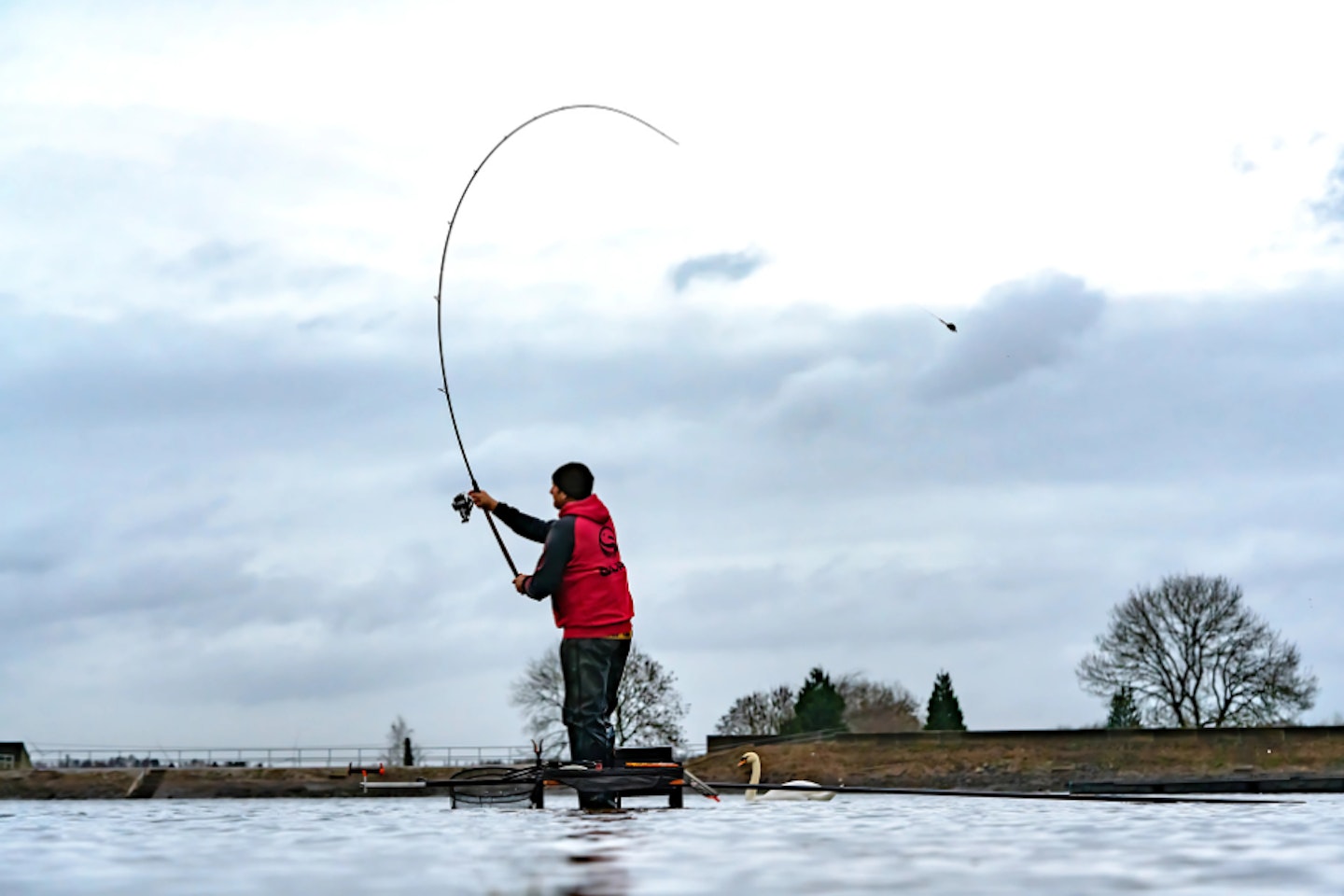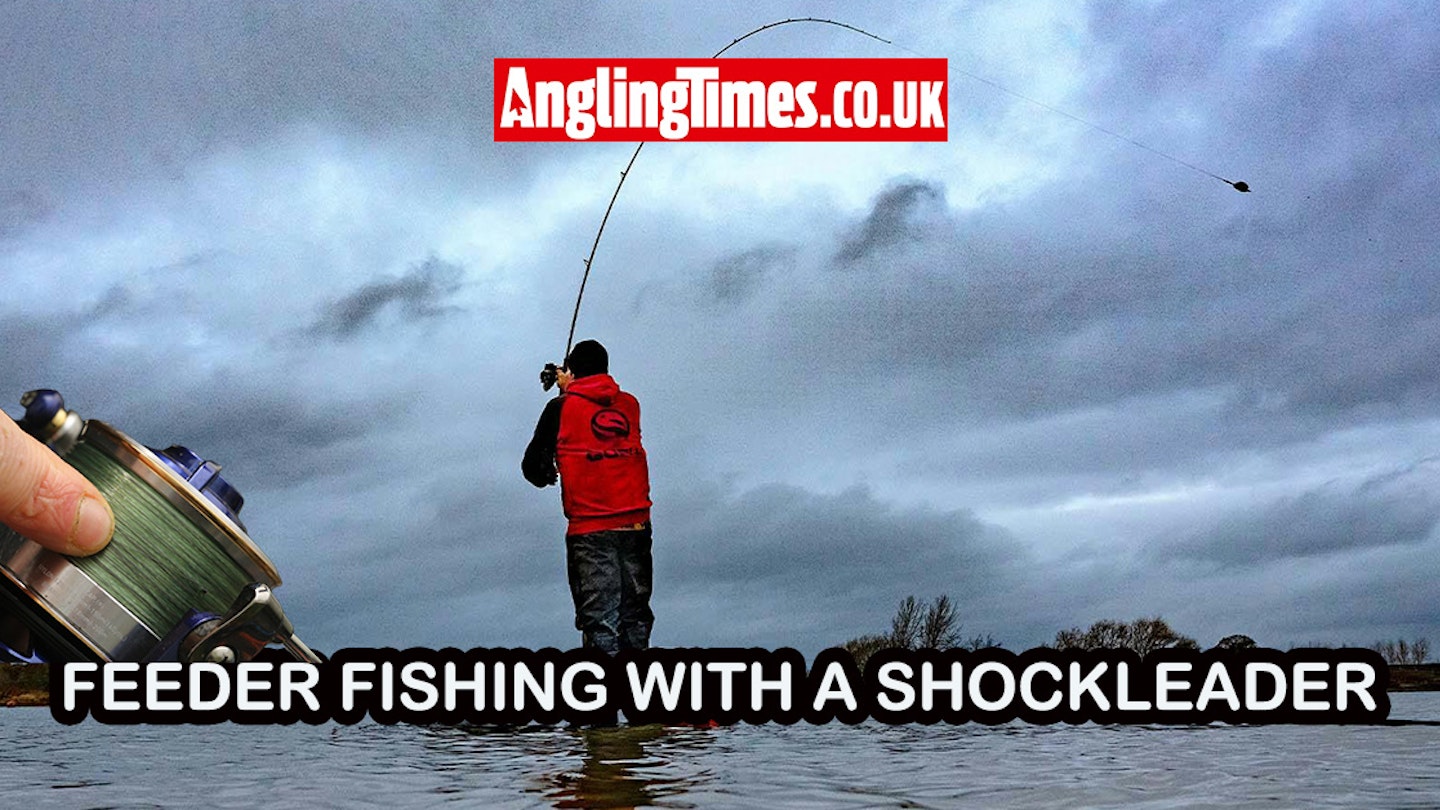In recent years, the rise of braid in feeder fishing has been a remarkable success story, transitioning from a tool primarily used by sea anglers to being featured on nearly every feeder reel I own. However, there is another essential component required for feeder fishing braid to perform effectively: the shockleader.
As its name indicates, a shockleader is a length of monofilament line attached to the end of the braid. Its purpose is to absorb the shock during long-distance casts with a non-stretch line. Attempting to cast without a leader can lead to lost feeders or broken rod tips, which are certainly not desirable outcomes!
In addition, using a shockleader introduces some stretch during the strike. When it’s time to net the fish, you’re playing them on the mono rather than the braid, which results in fewer hook pulls.
Nonetheless, I frequently receive questions about shockleaders. Common inquiries include: How long should the leader be? What breaking strain is optimal? How do I attach it to the braid? Generally, the answers are quite standard, and once you’ve tied it on, the durable nature of a leader means it will serve you well for a significant period without needing replacement.
LEARN HOW TO TIE THE BEST SHOCKLEADER KNOT IN THIS HOW TO GUIDE.

Taking the strain
Guru’s Shield leader comes in 8lb, 10lb and 12lb breaking strains. The further you need to cast, or the heavier the feeder, the thicker the leader needs to be. When long casts are needed, I use a 12lb leader, but only 8lb if skimmers are the target.
USING THE BEST DISTANCE FEEDER RODS WILL GET THE BEST OUT OF SHOCKLEADERS.

How long?
I’d go for a shockleader of four to six turns of the reel with the feeder in the casting position. Another way to measure the leader is by arm spans. Three and a half of these is my choice, but I appreciate that not all arms are as long as mine!
THE BEST FEEDER FISHING REELS WILL HELP YOU REACH LONGER DISTANCES WHEN USING SHOCKLEADERS.

Check ring width
You need a rod with rings wide enough to let the joining knot pass through without grating on the rings on the cast. Otherwise, a crack-off or a broken tip will result! The key area to check with rods is the quivertip, where the eyes are smallest.
FIND THE BEST FEEDER FISHING LINES IN OUR EXPERT GUIDE, REEL LINE TO SHOCKLEADERS.

Straight through
When fishing at short range for skimmers and roach you can use ‘braid direct’, which gives brilliant bite detection but can be very harsh! A soft rod, along with a more refined strike, is a definite must to help avoid bumped fish or broken hooklengths.
CHECK OUT OUR BUYERS GUIDE TO THE BEST FISHING BRAIDS.

